Whether you’re a novice or an experienced sewer, having the right tools can make all the difference in your sewing projects. From measuring to cutting to stitching, each tool serves a specific purpose and can greatly enhance the outcome of your sewing project. In this article, we will take a closer look at some essential sewing tools and their uses.
Measuring Tools
Accurate measurements are crucial in sewing. A slight miscalculation can greatly affect the fit and overall look of your clothing or home decor. That’s why investing in good quality measuring tools is essential.
A measuring tape is an absolute must-have for any sewing project. It allows you to take precise body measurements, as well as measure fabric, patterns, and finished garments. A clear and flexible ruler is also a handy tool for straight edges and curves.
Cutting Tools
Having the right cutting tools not only makes the process quicker and easier, but it also produces clean and professional-looking results.
For fabric, a pair of sharp fabric scissors or shears is a must. It’s important to have a designated pair of scissors solely for fabric to avoid dulling them. A rotary cutter and mat is also another popular tool for cutting fabric, especially for straight lines and quilting projects.
In addition to cutting fabric, you may also need to cut thread, stray fabric fibers, or even open seams. This is where a good quality pair of thread snips or seam ripper comes in handy.
Marking Tools
Marking tools are used to transfer pattern markings onto fabric or to make precise markings for stitching.
A marking pen or chalk is commonly used for fabric that is easy to wash away after sewing. For delicate fabrics, a tracing wheel and paper can transfer markings without causing damage. A water-soluble fabric marker is also a great option for darker or thicker fabrics.
Sewing Machine
A sewing machine is the backbone of any sewing project. It is essential to choose a machine that meets your sewing needs and skill level. Consider the type of stitches, the number of presser feet, and the motor’s power when selecting a sewing machine.
For beginners, a basic sewing machine with straight and zigzag stitches is enough to get started. As you advance in your sewing skills, you may want to upgrade to a machine with more features.
Hand Sewing Tools
Hand sewing is still necessary for certain projects or for finishing touches. That’s why having a set of hand-sewing needles, thimbles, and a pincushion is important. A seam ripper can also come in handy for hand sewing projects.
Iron and Ironing Board
Ironing your fabric and sewing projects is crucial in achieving a professional and neat finish. A quality iron with steam and variable heat settings is what you should look for. A stable and sturdy ironing board is also essential for efficient ironing.
Conclusion
Having the right sewing tools and knowing how to use them is essential for creating beautiful and successful sewing projects. Don’t be afraid to invest in good quality tools, as they can greatly improve your sewing experience and results. Happy sewing!
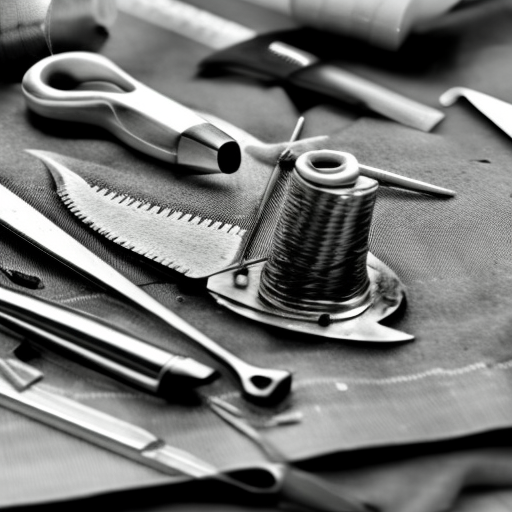
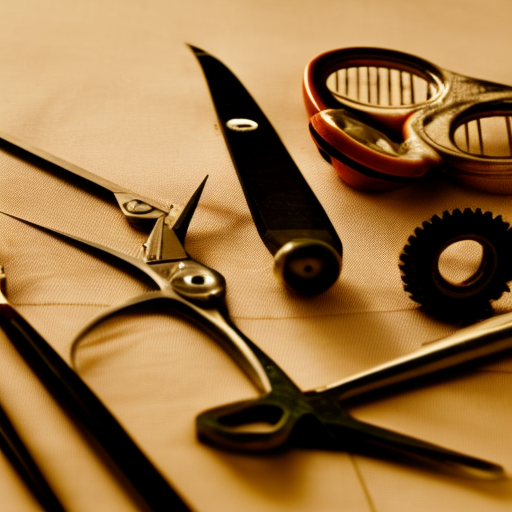
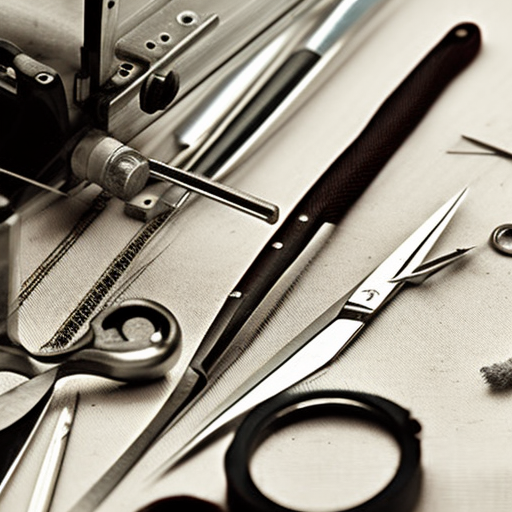
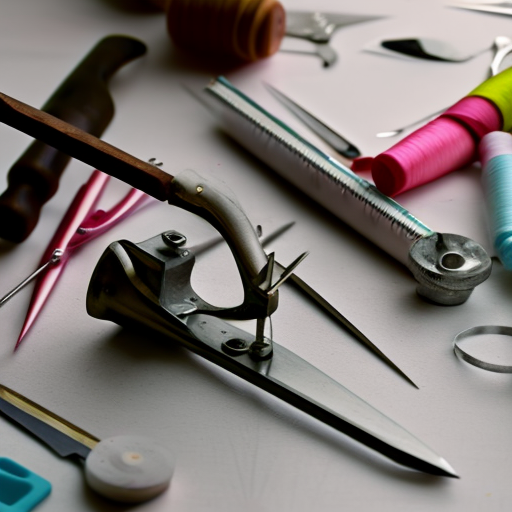
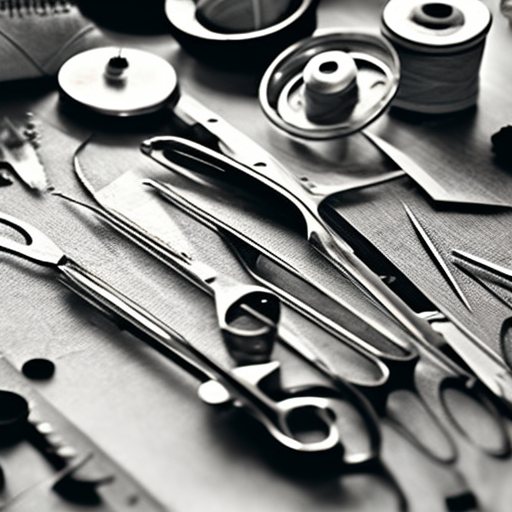
“Love learning about all the different tools needed for sewing!”
Krishna Kalra: “This is super helpful! I was looking for this information!”
Shaun Muir: “Sewing isn’t as hard as it looks – just need to know which tools to use!”
Glad to see this post is helping everyone understand the tools and uses for sewing – it’s a great way to get creative and learn a new skill!
“It’s never too late to learn a new hobby, especially one as rewarding as sewing!”